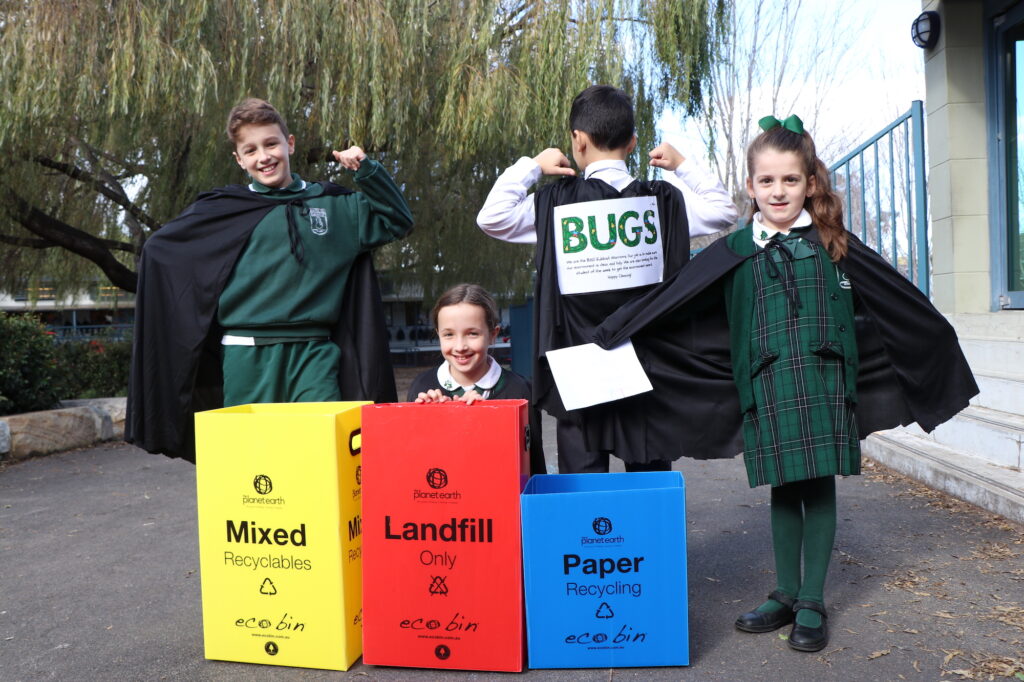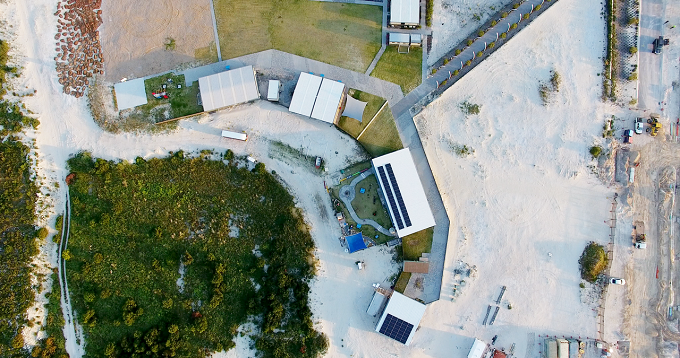Tips for creating a sustainable school
We explore creative ways to teach students to be environmentally responsible, and to imbed sustainability into your school culture.

As sustainability becomes an increasingly urgent global priority, schools are stepping up to equip students with the knowledge and skills they need to understand and care for the world around them.
Today’s educators aren’t just teaching about the environment—they’re embedding it into everyday learning in practical, creative, and curriculum-aligned ways. From school gardens to school wide initiatives and events, students are engaging with real-world issues that foster critical thinking, responsibility, and a genuine connection to nature.
Read the latest print edition of School News HERE
Liam Taylor from Planet Ark said implementing sustainability initiatives can cultivate a positive environmental impact. “It can also help students develop a sense of appreciation for the environment, especially when students are allowed the opportunity to lead.”
Some examples of initiatives that can be designed in collaboration with students include:
Waste-free lunch days
Encouraging students, teachers, and families to pack waste-free lunches helps reduce the school’s environmental footprint while reinforcing sustainable habits. Students can be guided to bring reusable containers, avoid pre-packaged snacks, and choose local, seasonal produce. These days can also double as peer-led education campaigns on waste reduction.
School recycling centres
Installing clearly labelled bins for paper, plastics, and other recyclables helps normalise recycling in students’ daily routines. When students are involved in setting up and maintaining these centres, they gain practical knowledge about materials, sorting processes, and the value of recycling. Consider adding collection points for items like batteries or e-waste to expand community impact.
Eco-friendly event guidelines
School events often generate a lot of waste, including disposable utensils, decorations, and classroom materials. Creating event guidelines with sustainability in mind (such as minimising single-use items, choosing reusable decorations and buying foodstuffs in bulk) can help cut down on waste significantly.

Participating in existing sustainability programmes
Schools don’t need to start from scratch. National initiatives like Schools Tree Day, Clean Up Australia Day, and Earth Day provide structured, ready-to-use resources that make it easy to get students involved. These programmes offer accessible entry points into environmental action while building connection to broader community efforts.
“Forming a school ‘green team’ can help champion eco-friendly behaviours and lead new initiatives,” Mr Taylor said. “Including a range of student age-groups and teachers is important as this will allow them to share initiatives with their classmates to ensure the whole school is engaged.
Mr Taylor said to foster stewardship of the environment in students, those students need to have active exposure to and engagement with nature. “A simple step that schools can take to encourage this is to incorporate outdoor learning into the curriculum. Not only does outdoor learning create a fun, new learning space for students, it also helps them understand why it’s important to care for nature and protect the environment.
“To implement outdoor classrooms, plan lessons that involve hands-on activities requiring students to explore and interact outdoors, whether it’s biology lessons on native species and biodiversity or math lessons involving measuring dimensions and angles of objects. This could include field trips to local parks, nature reserves, or botanical gardens, or just getting outside in school grounds.”







